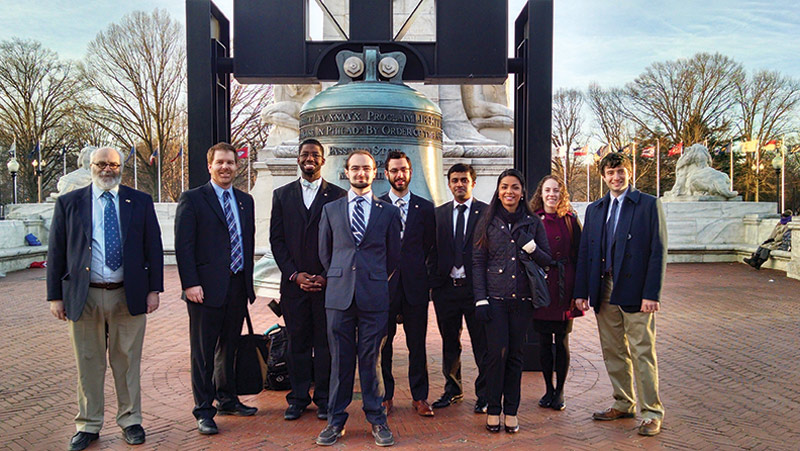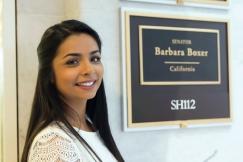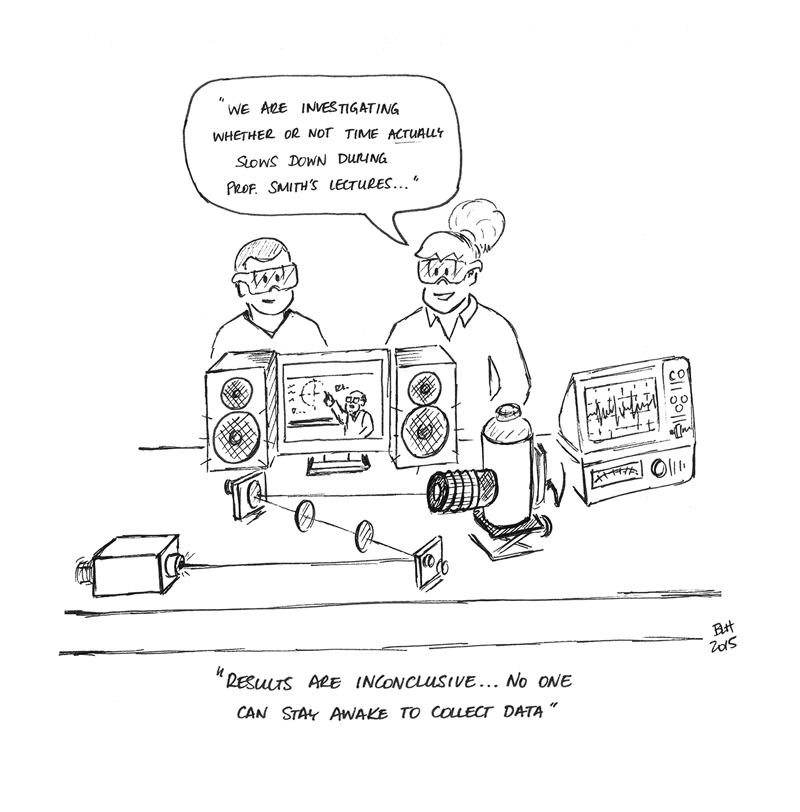Visit Washington
Summer
2015
Special Feature
Visit Washington
Building Bridges to Advocate for Science Funding
By:Amandeep Gill, Zone 18 Associate Zone Councilor
Sonoma State University

Walking into Representative Tom McClintock’s (R-CA, 4th District) office in Washington, DC, I was unsure how to approach the topic of science funding with the staffer we were about to meet. I had read up on the representative’s topics of interest. Science funding was not one of them.
As we chatted, Rep. McClintock’s legislative correspondent, Brittany Madni, reiterated that he is not a strong campaigner for science, technology, engineering, and mathematics (STEM) funding. But she added that he is a fan of space exploration and would like to see US astronauts on Mars soon, and therefore he generally supports increases in NASA space exploration funding. My goal was to convince her that STEM funding is extremely important for the innovations that will make the representative’s dream come true.
 I had come to the nation’s capitol over spring break to participate in the 19th Science, Engineering, and Technology Congressional Visits Day. Also known as STEM on the Hill, the event aids communication between scientists and members of Congress. Because my visit occurred during appropriation season, the time after Congress receives the president’s budget plan and before it presents its own revised plan, it was important that I share stories demonstrating the need for federal funding in the sciences.
I had come to the nation’s capitol over spring break to participate in the 19th Science, Engineering, and Technology Congressional Visits Day. Also known as STEM on the Hill, the event aids communication between scientists and members of Congress. Because my visit occurred during appropriation season, the time after Congress receives the president’s budget plan and before it presents its own revised plan, it was important that I share stories demonstrating the need for federal funding in the sciences.
I thought about my own story and how to share it during our first day on the Hill as our SPS group was trained. Aline McNaull, a policy associate at the American Institute of Physics (AIP), spoke about her experiences. We were cautioned to be flexible; a congressperson may not agree with your views, and you mustn’t offend them as you put pressure on them to see the other side. Vice president of AIP physics programs Cathy O’Riordan talked about how to present an “ask,” which is a Hill term for the quick and dirty reason you are visiting a congressperson’s office. AIP had coordinated an organization-wide ask for predictable and sustained STEM funding.
Between the training and our first visit the next day, my colleague Simon Patané and I practiced how to incorporate AIP’s “ask” within the narratives of our own experiences with science research and funding.
After being trained, I met with staff from four offices in my home state, California. I started off in Representative Mike Thompson’s office (D-CA, 5th District). It was jarring when staffer Megan Rabbitt went straight to wanting to know our “ask,” but because Rep. Thompson is a strong supporter of science funding, the rest of the conversation flowed easily. The offices of Senator Dianne Feinstein (CA) and Senator Barbara Boxer (CA) were also quick to express their support for science research and education funding.
To help influence Rep. McClintock to think differently the next time there is a vote to increase STEM funding, I told my story of struggling to find research funding during and after the government shutdown of 2013. I also recommended that he read The Martian by Andy Weir, which is about the human exploration of Mars and the scientific advances that will make that exploration possible.
I came away from the experience with a new appreciation for STEM on the Hill, which helps to build lines of communication between scientists and Congress that can be rather difficult to develop. //
Reach Out to Your Representative
To learn more about communicating with Congress, see “Communicate with Congress,” by Richard Jones, and “A Letter to Congress,” by Eric Beier, in the Winter 2014–15 issue of The SPS Observer, www.spsnational.org/the-sps-observer/issues/winter-2014.
STEM on the Hill
Learn more about Congressional Visits Day - STEM on the Hill at: www.setcvd.org.

